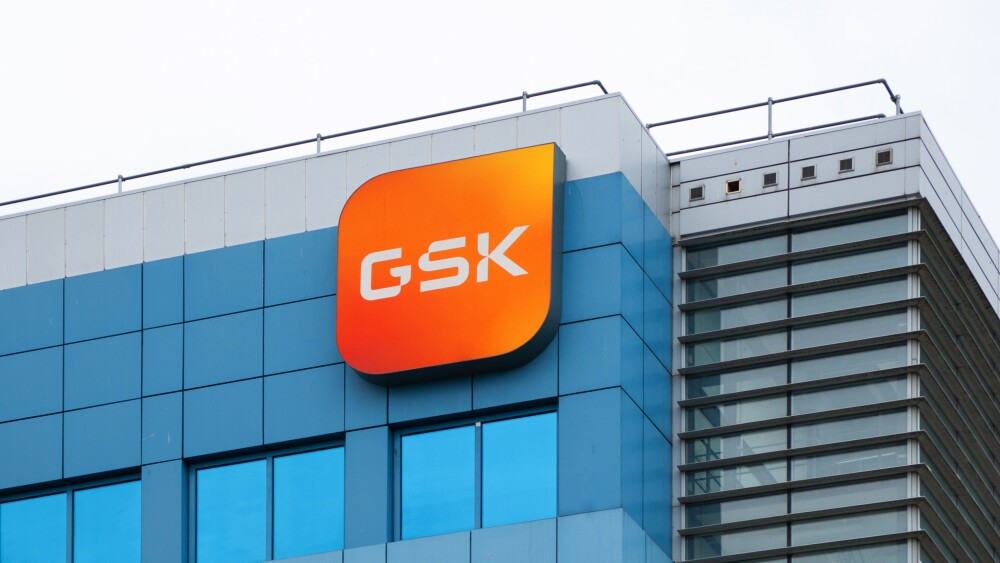Following a banner year marked by the approval and launch of its diabetes drug Mounjaro, Eli Lilly revealed at the 41st J.P. Morgan Healthcare Conference that it was preparing for another big year.
Courtesy of Getty Images
Following a banner year marked by the approval and launch of its diabetes drug Mounjaro (tirzepatide), Eli Lilly revealed at the 41st J.P. Morgan Healthcare Conference that it was preparing for another big year.
In a fireside chat led by Anat Ashkenazi, Lilly’s executive vice president and chief financial officer, and Daniel M. Skovronsky, M.D., Ph.D., Lilly’s chief scientific and medical officer, the company detailed its busy year ahead, business forecasts and a robust pipeline that will support its long-term growth.
Product Launches and Pipeline Prospects
- Eli Lilly is preparing to launch four new molecules: donanemab for early Alzheimer’s disease, lebrikizumab for atopic dermatitis, mirikizumab for ulcerative colitis and pirtobrutinib for relapsed/refractory mantle cell lymphoma. All four drugs are currently under regulatory review.
- The donanemab program, in particular, is in a good position, said Skovronsky, after the success of Biogen/Eisai’s lecanemab. Lilly is eyeing accelerated approval for donanemab.
- Mounjaro (tirzepatide), approved in May 2022 for type 2 diabetes, could launch a second indication in obesity as early as the end of 2023.
- Five more molecules are in Lilly’s development horizon: once-weekly insulin, an oral SERD molecule in phase III assessments for breast cancer, the next-generation Alzheimer’s drug remternetug, the obesity-hopeful retatrutide and the oral GLP1 receptor agonist, orforglipron.
- R&D in the early and middle stages of drug development will continue to ensure longevity for Lilly’s portfolio.
- In immunology, Lilly is flipping the checkpoint agonist technology, a common approach in cancer, to dampen the activation of the immune system. The company had recently released proof-of-concept data showing the potential of PD-1 agonists in rheumatoid arthritis.
- In cancer, several investigational molecules are being studied, including a PI3K kinase in Phase I and KRAS inhibitors.
- The company is also consistently looking for therapeutic areas that are “out of favor, largely, from the pharmaceutical industry” where Lilly can innovate, Skovronsky said.
Business Updates and Forecasts
- For 2023, the company is projecting that the core business’ top-line growth “should be in the mid-teens,” Ashkenazi said. Strong and sustained growth is expected throughout the end of the decade.
- The company is expanding its manufacturing footprint with two upcoming sites in North Carolina, one of which is expected to be operational this year. Lilly also has two new facilities in Indiana and another in Ireland.
- The company expects increased competition in the obesity market and is ready to cope through innovation. Skovronsky said Lilly is looking to bring multiple incretins to the market in the coming years to target different patient subpopulations.
- In business development, Ashkenazi said that Lilly is “not looking for a huge merger or acquisition to replace revenue.” Instead, the company will continue to improve its pipeline and bring first-in-class or best-in-class drugs into its core therapeutic areas.






